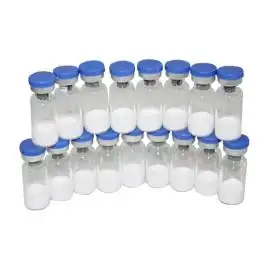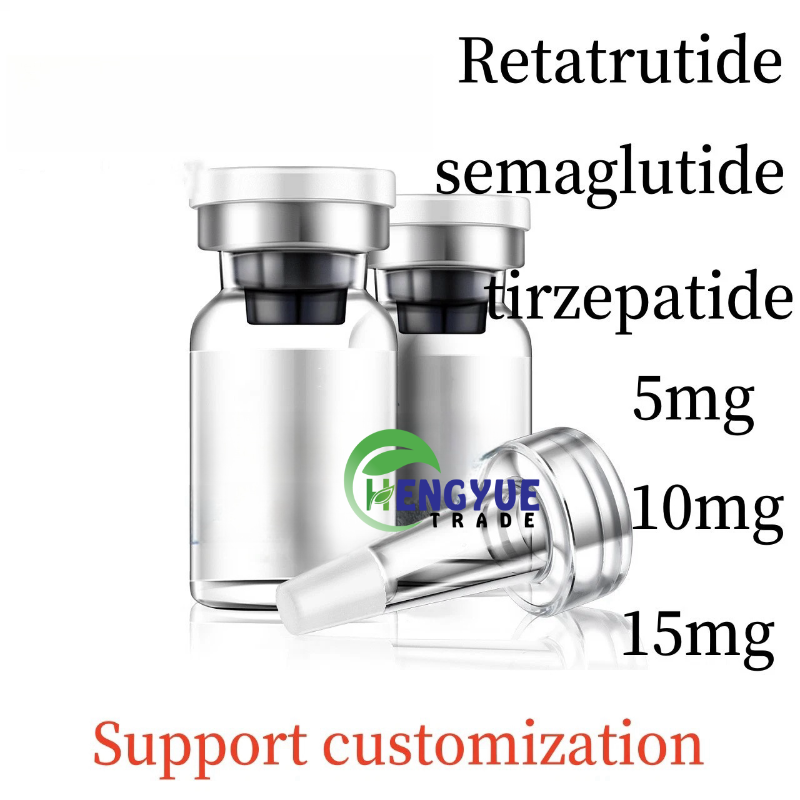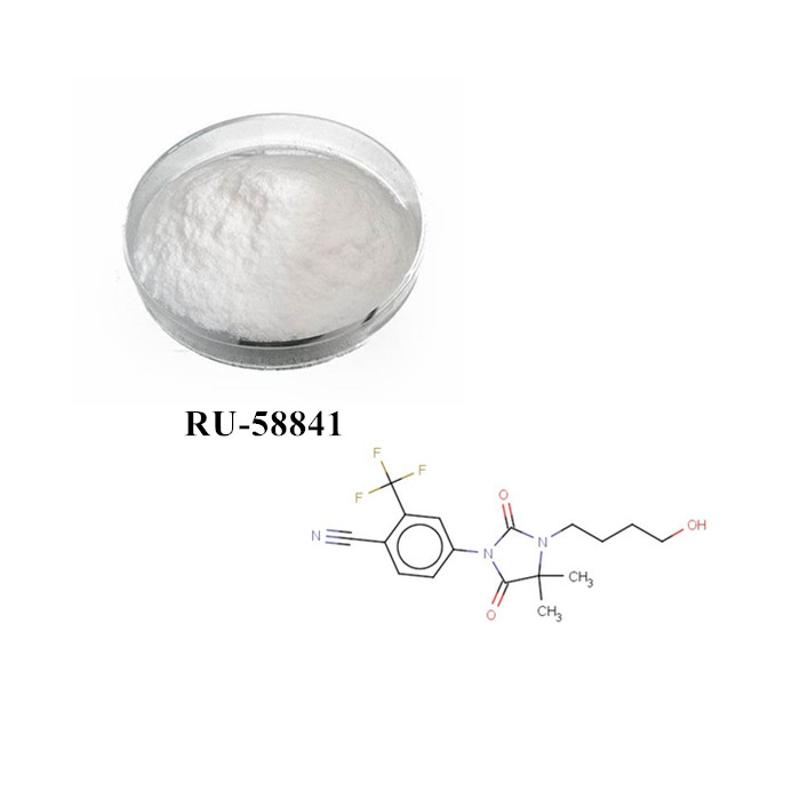-
Categories
-
Pharmaceutical Intermediates
-
Active Pharmaceutical Ingredients
-
Food Additives
- Industrial Coatings
- Agrochemicals
- Dyes and Pigments
- Surfactant
- Flavors and Fragrances
- Chemical Reagents
- Catalyst and Auxiliary
- Natural Products
- Inorganic Chemistry
-
Organic Chemistry
-
Biochemical Engineering
- Analytical Chemistry
-
Cosmetic Ingredient
- Water Treatment Chemical
-
Pharmaceutical Intermediates
Promotion
ECHEMI Mall
Wholesale
Weekly Price
Exhibition
News
-
Trade Service
The production process of 1,1′-(1,5-Pentanediyl) di-2-propenoate, commonly known as Pentaerythritol Tetranitrate (PETN), is a complex and multistep process that involves several chemical reactions and techniques.
The production of PETN involves the following steps:
- Preparation of the starting materials: The production of PETN starts with the preparation of the starting materials required for the reaction.
The starting materials are 1,5-pentanediol and dinitrogen pentavalent. - Diazo coupling reaction: The next step is the diazo coupling reaction, which involves the reaction of 1,5-pentanediol with dinitrogen pentavalent in the presence of a catalyst to form 1,1′-(1,5-Pentanediyl) diazo nitrate.
- Hydrolysis: The resulting 1,1′-(1,5-Pentanediyl) diazo nitrate is then hydrolyzed in water to form 1,1′-(1,5-Pentanediyl) di-2-propenoate.
- Purification: The resulting 1,1′-(1,5-Pentanediyl) di-2-propenoate is then purified to remove any impurities that may have been introduced during the preceding steps.
This step is important as the purity of the final product determines its quality and effectiveness. - Formulation: After purification, the PETN is formulated into various products such as explosives, propellants, and dyes.
The formulation process involves mixing PETN with other chemicals to produce the desired product.
The diazo coupling reaction step is the most critical part of the PETN production process as it determines the quality and yield of the final product.
The reaction is typically carried out in the presence of a catalyst, such as sodium hydroxide or potassium hydroxide, to enhance the reaction rate.
The choice of catalyst also affects the yield and quality of the product.
The reaction mixture is typically heated to a temperature of around 100-150°C to speed up the reaction.
In summary, the production of Pentaerythritol Tetranitrate (PETN) involves several steps, including the preparation of starting materials, diazo coupling reaction, hydrolysis, purification, and formulation.
The quality of the final product depends on the purity of the starting materials, the reaction conditions, and the purification process.
The production process requires careful control of the reaction conditions and purification steps to produce a high-quality product that meets the specifications of the customer.
The use of appropriate catalysts and reaction conditions can improve the yield and quality of PETN, making the production process more efficient and effective.







